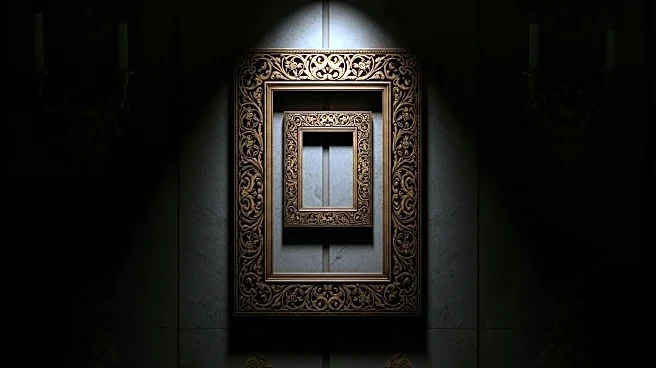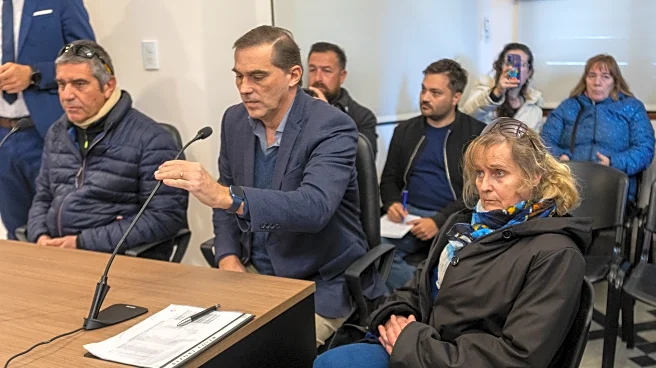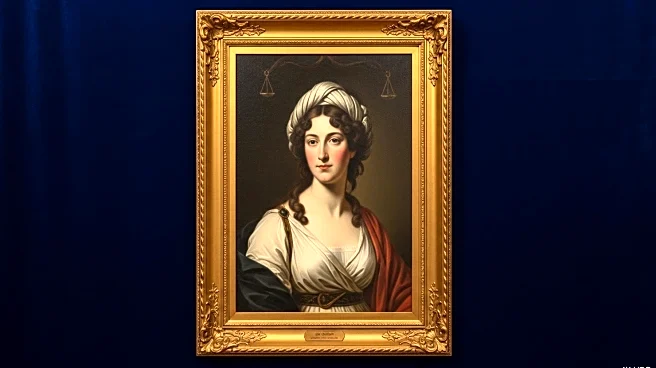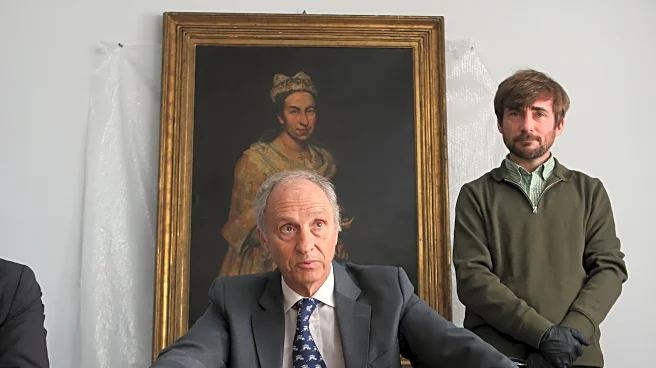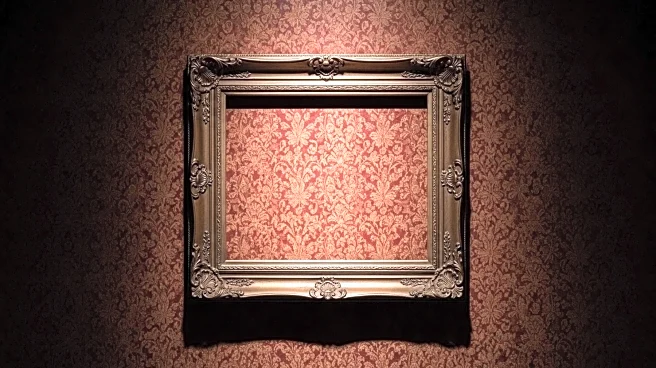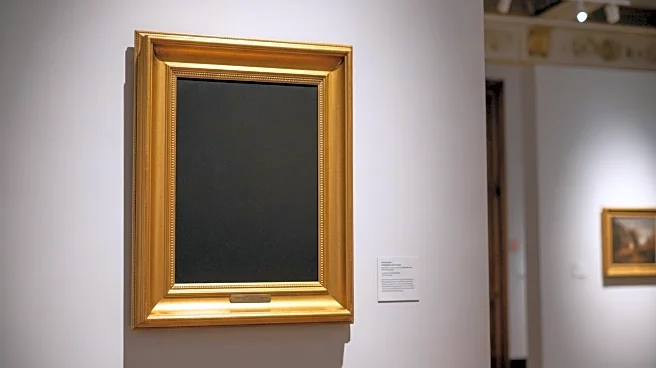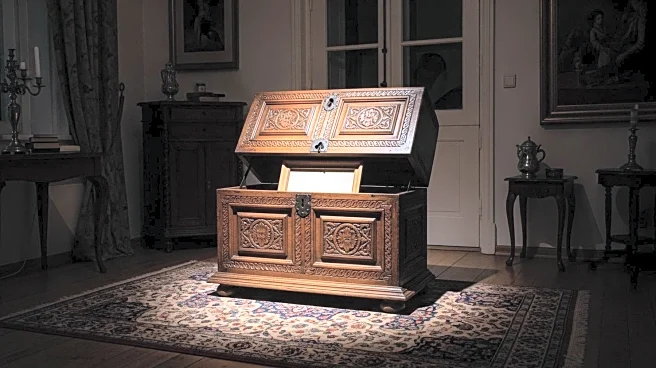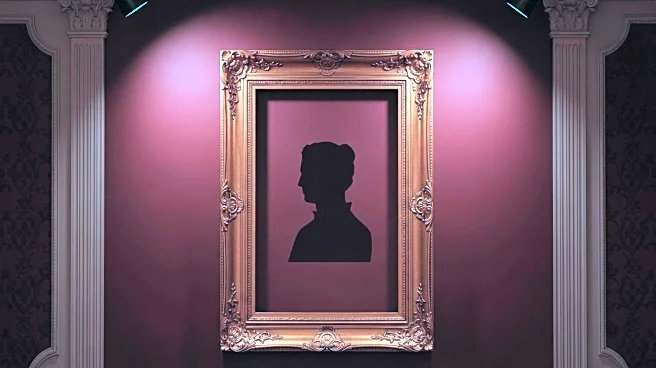What's Happening?
An 18th-century portrait, stolen by the Nazis during World War II, has been recovered in Argentina. The painting, 'Portrait of a Lady' by Giuseppe Ghislandi, was found in the home of Patricia Kadgien and Juan Carlos Cortegoso in Mar del Plata. The couple is facing charges of aggravated concealment, linked to the crime of genocide, as the painting was part of a systematic plan to enrich the Nazi regime. The discovery was made after a Dutch news outlet identified the painting in a real estate listing. The couple attempted to claim ownership through civil action but surrendered the painting after being placed under house arrest. Further investigations have led to the seizure of other artworks from the Kadgien family properties.
Why It's Important?
The recovery of the painting highlights ongoing efforts to reclaim cultural assets looted during the Nazi era. It underscores the importance of international cooperation in tracking and returning stolen art. The case also raises awareness about the historical injustices faced by Jewish families during the Holocaust. The legal proceedings against Kadgien and Cortegoso may set a precedent for similar cases, emphasizing accountability for those possessing looted art. The outcome could influence policies on art restitution and the handling of cultural heritage claims.
What's Next?
The painting's fate is uncertain, with prosecutors requesting it be held at the Holocaust Museum in Buenos Aires while ownership is determined. Marei von Saher, heir to the original owner Jacques Goudstikker, has lodged a legal claim with the FBI. The case may lead to further charges if additional looted artworks are identified. The legal process will likely involve international collaboration to resolve ownership disputes and ensure rightful restitution.
Beyond the Headlines
The case highlights ethical considerations in art ownership and the legacy of Nazi looting. It raises questions about the responsibilities of descendants of individuals involved in wartime crimes. The story also reflects broader cultural and historical implications, as it connects to the narrative of Nazi fugitives in South America and their unaccounted wealth.


